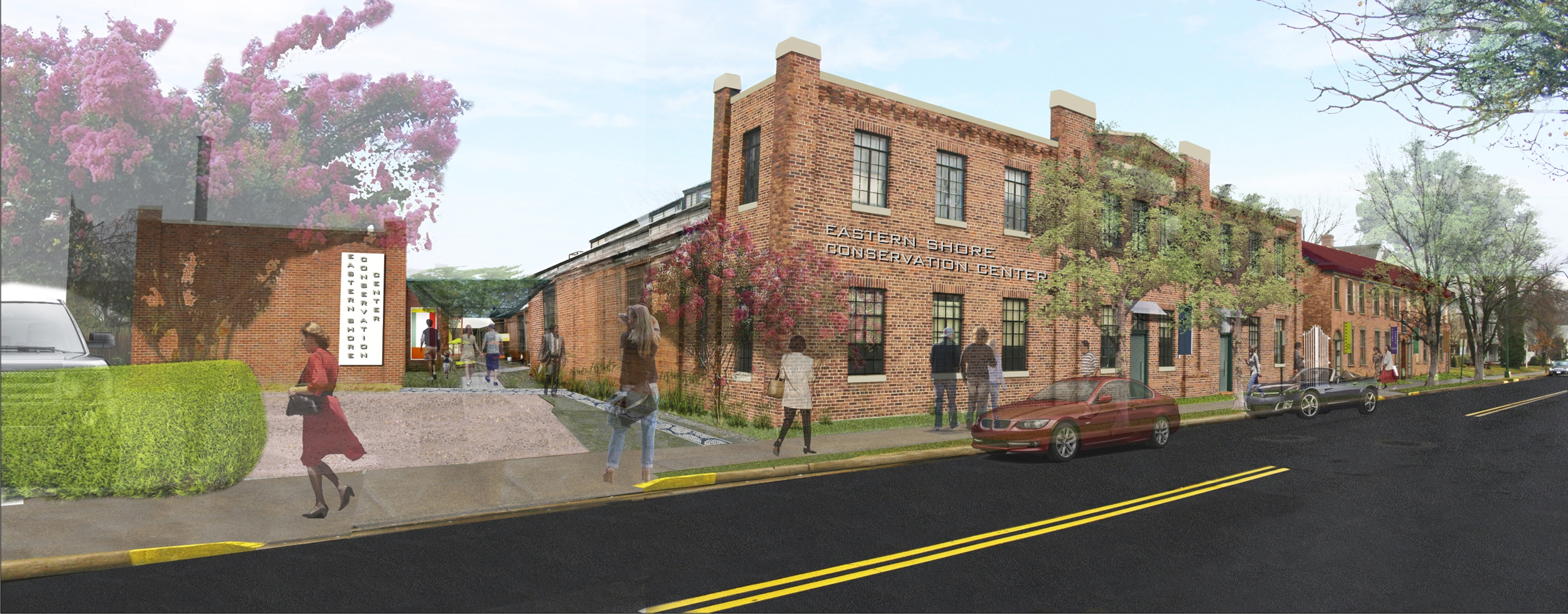July 11, 2013
Letter to the Editor 7/11/2013:
Recent news about climate change reveals big issues facing the Eastern Shore: a shrinking shoreline, more and bigger storms, more salinity in our lands and farms. According to the United States Geological Survey, the Chesapeake Bay will rise two feet by 2050. Every person in the region will be affected in some way, with Dorchester County especially vulnerable with submersion of region-defining landmarks such as the Blackwater Wildlife Refuge and sites along the newly minted Harriet Tubman Underground Railroad National Monument.
The sea is coming, and news isn’t good … so, what now?
The Eastern Shore has faced adversity before. Our history is thick with challenges, which more recently include battles over development, shifting agriculture, and traffic clogging our roadways. Through all this, a fierce combination of ingenuity, regional identity, independence, and perhaps out-and-out stubbornness has kept the Eastern Shore together as a region, and as a place we are still proud to call home.
Sea level rise is just one important trend to consider – our demographics, development patterns, and economic activity also are forecasted to shift greatly. Our Eastern Shore of tomorrow likely will look very different from the one we live in today.
Rather than let these forces of change wash over the region, today is the opportune time to take control. How can we build resilience regionally to safeguard what’s most important? And, of equal importance, how do we find opportunity in the changes ahead?
For this conversation about our region’s gameplan for what’s ahead, mark Thursday, Oct. 3 on your calendar for the Eastern Shore Land Conservancy’s 14th Eastern Shore planning conference: The Unsinkable Eastern Shore – Regional Resilience and Prosperity. From this event, expect the details about these trends facing the region and a showcase of actions and planning already underway. Help build a strategy
Read More







